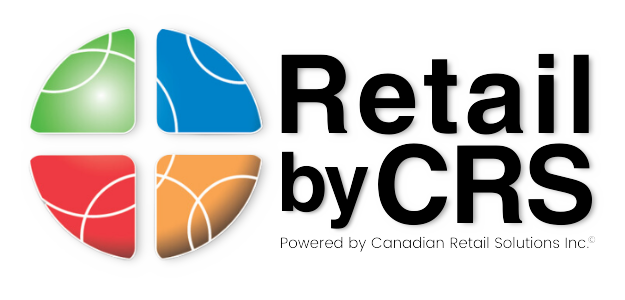OK so I’ll be the first to admit it…I have OCD tendencies. After working in retail for well over ten years I can no longer “shop” as a regular customer. Instead the first thing I do when I walk into a store is to critique it. I look at the store layout, the merchandising and displays, the cleanliness, the staff (and whether they just standing behind the counter) and their service. I unconsciously fold clothing, hide tags and rehang merchandise. It’s just built into my DNA now. One other thing that I also review (and it’s not restricted to retail stores) is Signage… and to be more specific, the effectiveness of signage.
Signage is so important for a retail store yet so many retailers aren’t fully taking advantage of them – or worse yet, they are not using them properly!
I thought I would compile a list of some of my pet peeves that get my OCD juices flowing every time… In the hopes that it will help you make more effective signs for your store! Here are my top 5 signage (pet peeves) mistakes:
- Too wordy! Depending on where your sign will be posted, the average customer will likely have about 3-4 seconds to read a sign. If it is in an area where they are in motion (walking by) it can be less that that. So when you are putting together a sign – you must keep in mind where it will be posted and what the customer will be doing when they see it. Having too many words on a sign will increase the likelihood that the customer will not read it.
- Poorly hand written. Everyone should have access to a computer and a printer – even if you don’t have one in the store it is highly likely you have one at home. There is nothing that makes me more crazy than hand written signs in a retail store. Don’t get me wrong if you have a calligrapher on staff and/or you make beautiful signs (think Trader Joes) and that fits your brand – by all means keep it up. You know the signs I am talking about – the signs that are quickly thrown together with a felt pen and a piece of white paper. Remember, every thing you do in your store should reflect the image and branding of your store – what does a poorly written sign tell your customers about you?
- Spelling and/or grammar mistakes. This one makes me lose my mind. In the day and age of auto-correct how can this even be possible? What’s worse is the countless professionally done signs that I have seen with errors. Use spell check. Ask others to preview and critique your sign before you go to print if this is not your strong area.
- Illegible font. Yes we want our signs to be fancy and look nice BUT keeping in mind that our customers only have a few seconds to read our signs we need to make sure that they are clearly visible. The font used on signage should be clear and easy to read. That goes for both the size of the font on the sign AND the font style. Use something too cursive and it can take a few extra seconds to decipher (which most customers will not likely do). So be sure to use a clear, easy to read font that can be read from a distance.
- No signage at all. One of the first things that I look at when I go into a new clients store for the first time is how easy are they to spot from the street, the mall, and the sidewalk, basically all angles of approach. Most stores have their name above the door/window or on an awning, which is great if you are driving by or walking by across the street (and again only if it is a large, clear to read font). However I can’t count how many times I have been walking on the sidewalk or right in front of the store in a mall and couldn’t find the store I was looking for – due to lack of signage for the customers walking in that direction. Do you have a sign that faces the sidewalk? Whether it hangs perpendicular over the door or a sandwich board to grab your customer’s attention? Are you attracting customers to your store from every angle of approach?
By no means is this a complete list but it is a good starting point. Now go into your store and really critique the effectiveness of your signage!
Kirsten Hynds is a certified Winning@Retail™ consultant at CRS. Kirsten spent 10 years on the sales floor, and as a retail buyer and merchandiser, and has become an expert POS sales consultant and trainer over during her 10 years with CRS.

